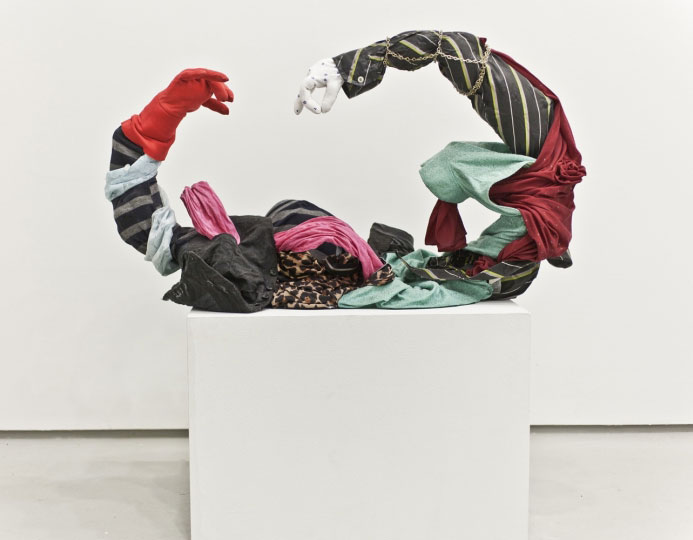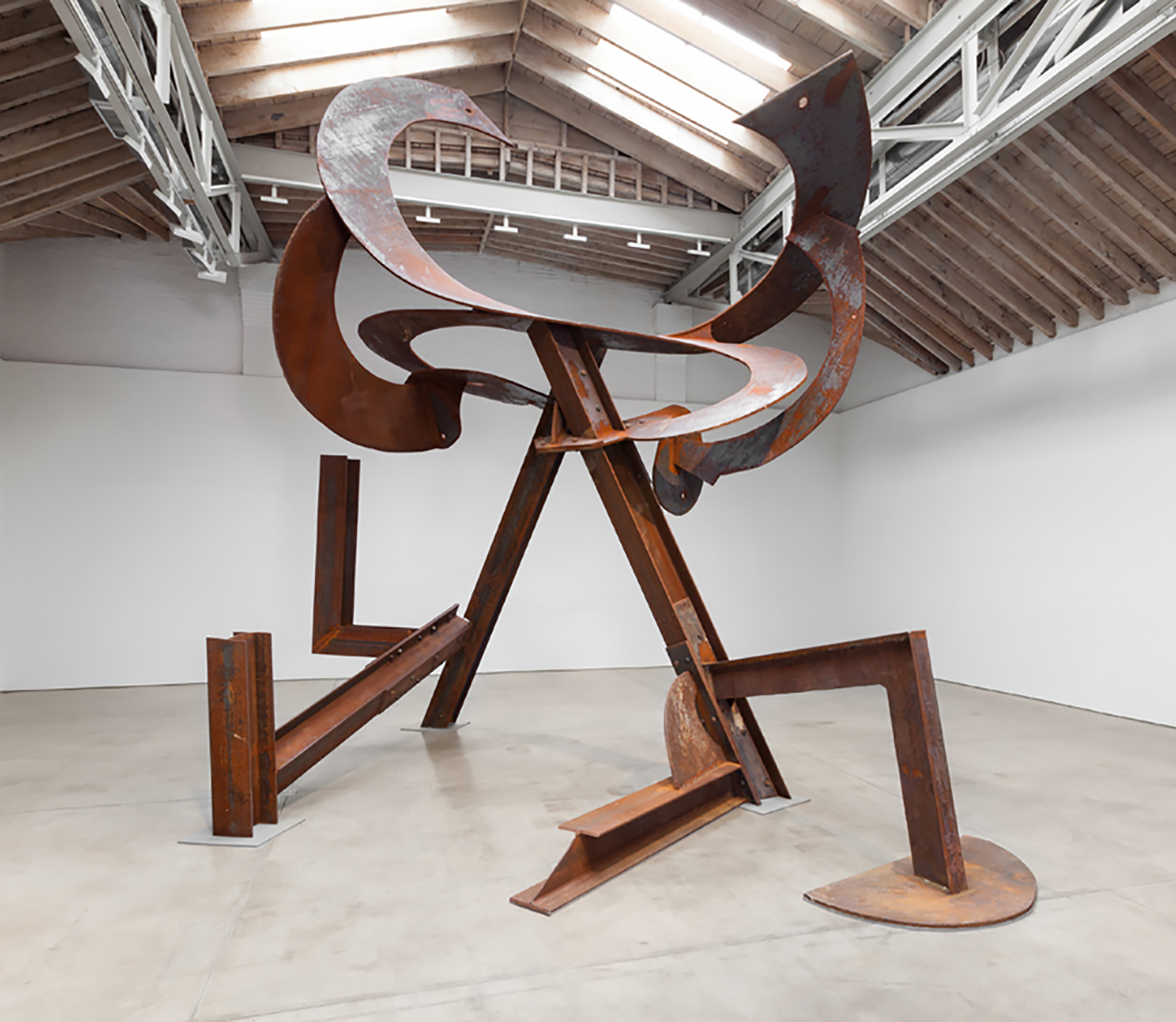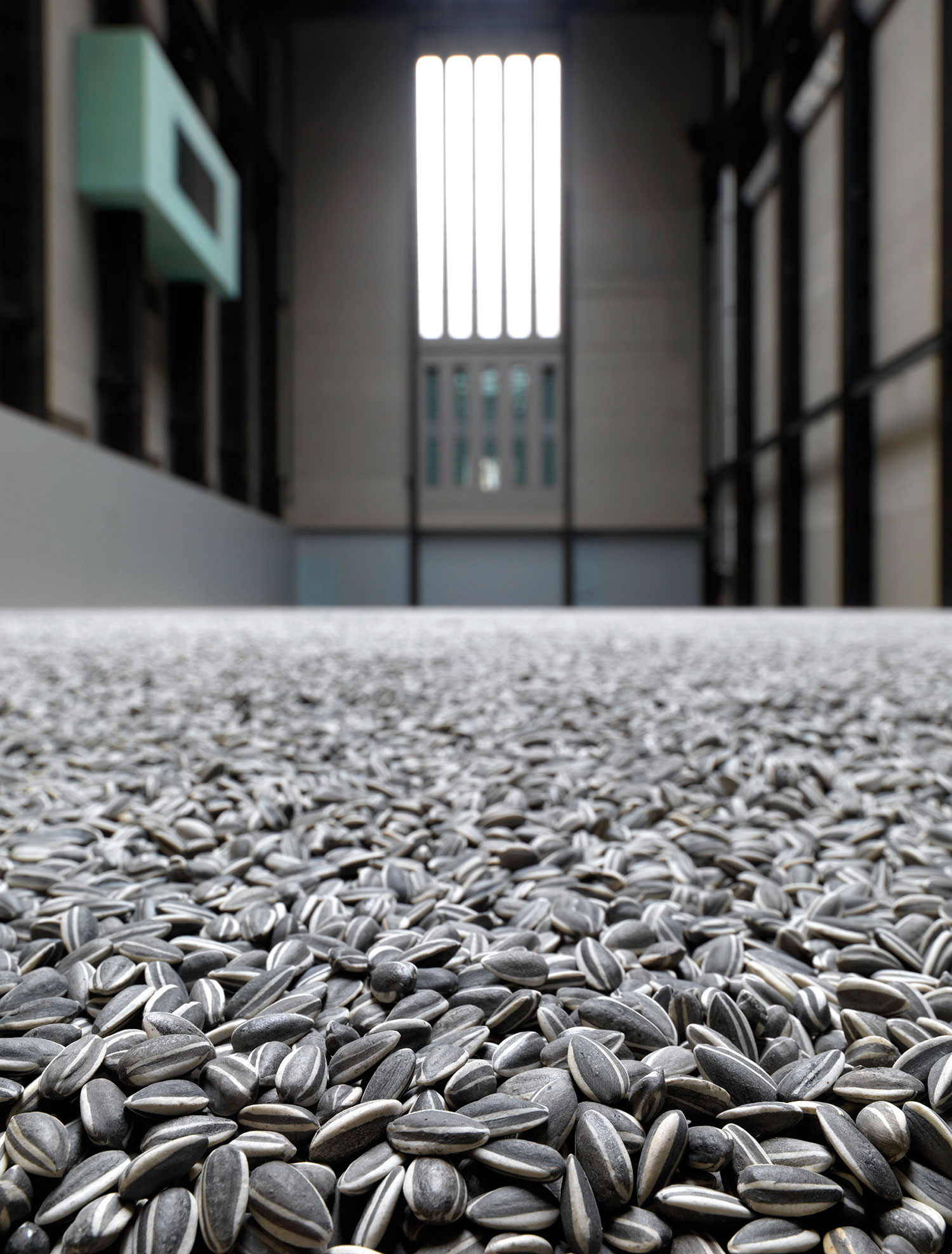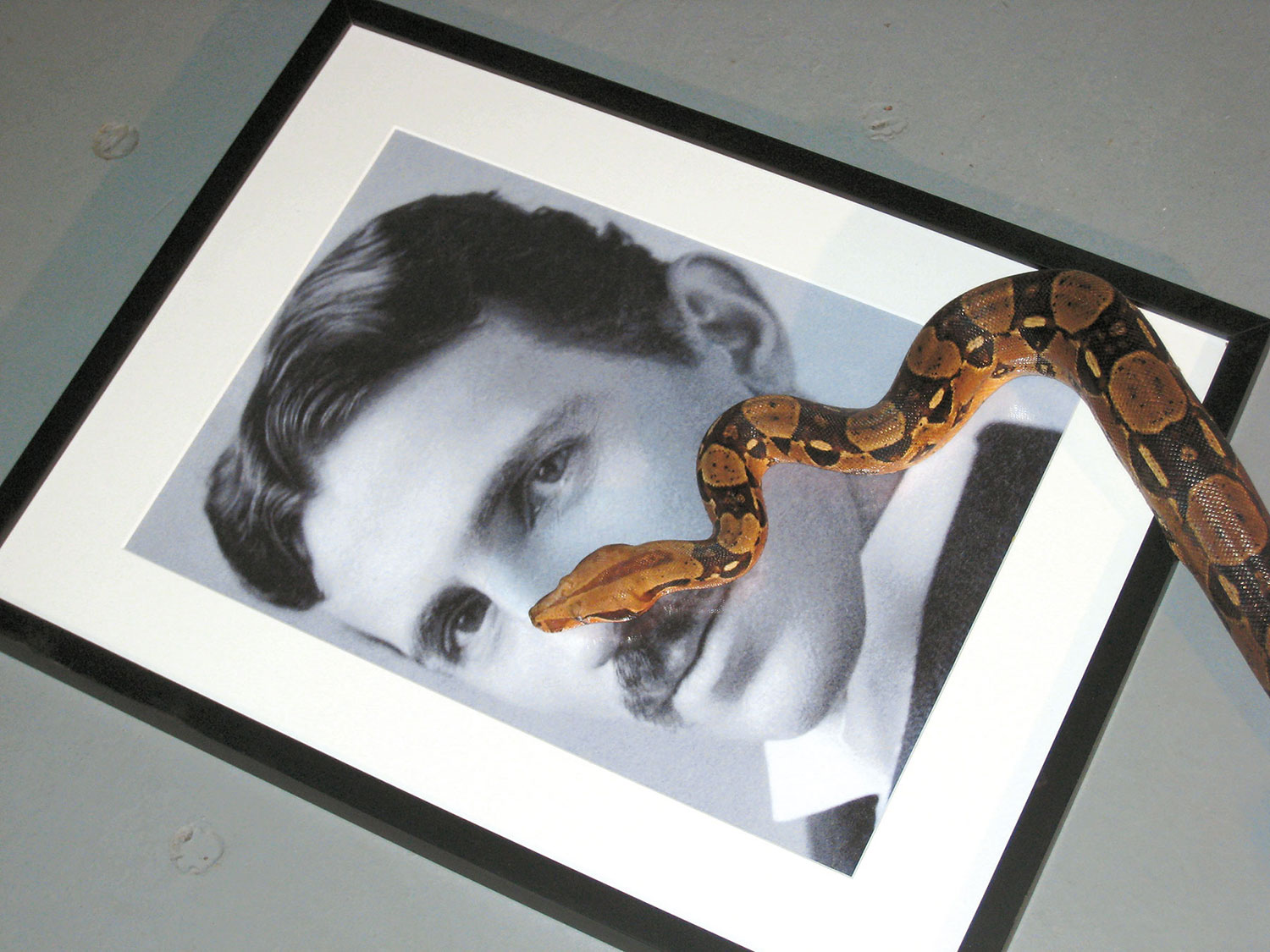
Miriam Katz: I’d like you to talk about your surge of productivity over the past year. It seems like something has shifted in your process — maybe because you’ve been given so many opportunities to exhibit and perform. You seem to thrive when asked to respond to a certain context or set of conditions.
Ryan McNamara: It’s been such an odd thing because I keep thinking, “OK I have nothing planned for winter; I have nothing planned for spring; I have nothing planned for summer,” and then the next day I get an email asking me to participate in something that changes the essence of my life for the next few months. I like assignments. I like when there’s a situation to deal with.
MK: Some people want total control, whereas you’re into collaboration, precisely because you don’t know what’s going to happen.
RM: Well, I want to experience the performance as well.
MK: I used to think of you as mostly a video maker. I wonder whether the onset of this productive period relates to you becoming more of a performer.
RM: I used to make more of what I call ‘under-the-bed’ art — art that you make just because you want to, when no one’s asking you to be in a show or anything like that. Video can be ‘under the bed’ art. Performance really can’t. You need an opportunity. Someone else has to come. It’s inherently collaborative.

MK: I think that having more opportunities has allowed you to make work that features a degree of uncertainty, which is really central to your work. Generally, if you’re going to pitch something, you have to say: “This is my idea that’s gonna rule.” But you can’t really do that kind of pitch when you’re not sure if, say, the “Whitney Houston Biennial” is going to ‘succeed.’ So I think someone asking you to do something gives you a certain confidence to fail — a confidence to not know what you’re doing, which is one of the strongest parts of your work.
RM: Not knowing the outcome has become a drug — I sort of need it now. There’s always a risk, like I’m doing a dare.
MK: Yes, and that risk — that yielding of control — translates to the viewer. It generates your work, but it’s not just your drug: It also gives your audience the confidence to fail, to let go.
RM: I agree, and it makes me able to take more risks as I go. When people started asking me to do projects I’d think, “Here’s my one chance to do something good, so I better cram it all in.” Now I realize that I will be doing this in some form for the rest of my life, so a particular project isn’t my only shot, and I can relax. I don’t think I could have done “Make Ryan a Dancer” at MoMA P.S.1 two years ago. I would have questioned the lack of the artist’s hand. This piece is barely anything — it’s me learning how to dance. In the past I would have thought I needed to make a set and costumes. It’s been a process becoming comfortable with that aspect of my work. It took a lot of breaking down. I still get nervous about it though. I think, “Really? That’s all my piece is? Isn’t there more?”





